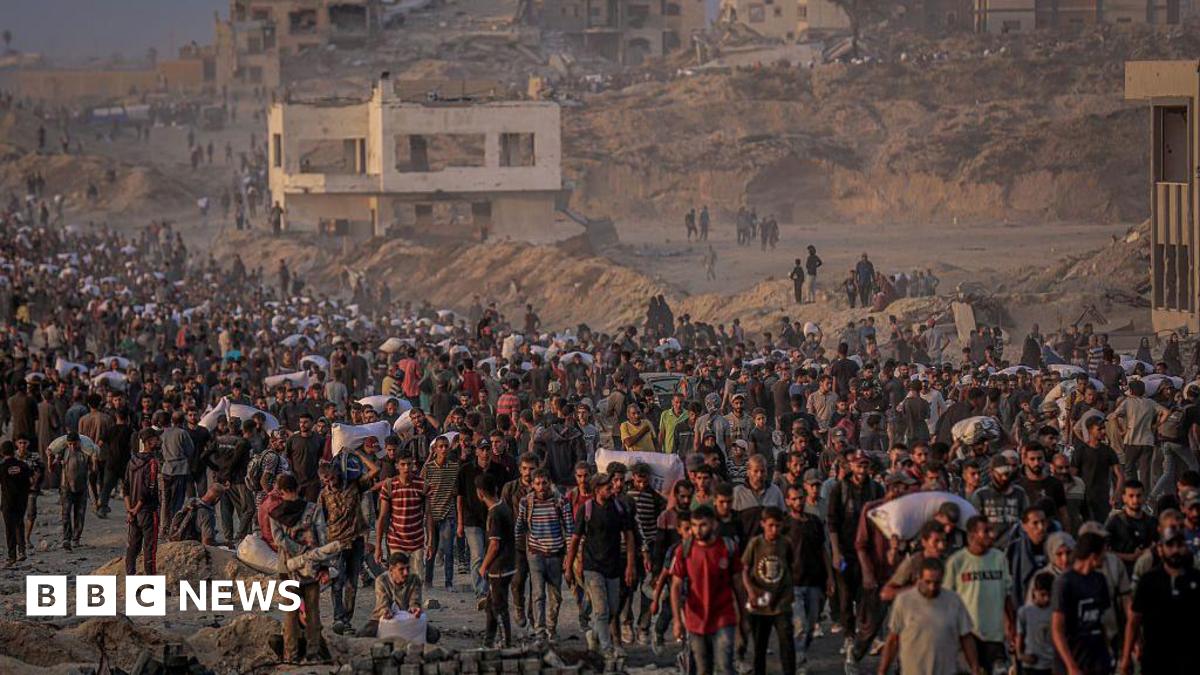Iran's 'Sleeping Cells': Experts Reveal Potential Ground Zero and the Threat to US Security

Following recent tensions and the US response concerning Iran's nuclear facilities, concerns are rising about potential retaliatory actions. Intelligence experts are now focusing on the possibility of Iran activating pre-positioned 'sleeper cells' within the United States. This report delves into where these cells might be concentrated, the potential damage they could inflict, and the measures being taken to counter this emerging threat.
The Shadow Network: What are Sleeper Cells?
Sleeper cells are covert groups of individuals, often living seemingly normal lives, who are trained and prepared to act on the orders of a foreign power. These individuals are strategically placed in various locations and remain dormant until activated, typically under specific circumstances or when given a trigger signal. The purpose of these cells is to carry out acts of sabotage, espionage, or even terrorism, destabilizing a target nation.
Identifying Potential Ground Zero: Areas of Concern
While pinpointing the exact location of sleeper cells is incredibly difficult, experts have identified several areas within the United States where Iran might have established a presence. These include cities with significant Iranian diaspora communities, key infrastructure hubs (such as energy and transportation centers), and areas with a history of political activism or vulnerability. Specific states like California, New York, Texas, and Illinois are frequently mentioned due to their large Iranian populations and strategic importance.
“The presence of a large diaspora doesn’t automatically mean sleeper cells exist, but it does provide a degree of cover and potential recruitment opportunities,” explains Dr. Eleanor Vance, a national security analyst. “Iran has a long history of utilizing diaspora communities for intelligence gathering and covert operations.”
The Potential Damage: A Multifaceted Threat
The potential damage from activated sleeper cells is substantial and multifaceted. Experts warn of several potential scenarios:
- Cyberattacks: Targeting critical infrastructure like power grids, financial systems, and government networks.
- Physical Sabotage: Disrupting key industries and transportation systems.
- Intelligence Gathering: Providing Iran with valuable information about US military capabilities and vulnerabilities.
- Political Influence Operations: Attempting to sway public opinion and interfere with democratic processes.
The scale of the potential damage depends heavily on the number of activated cells, their level of training, and the resources available to them.
Countermeasures and US Response
US intelligence agencies are actively working to identify and neutralize potential sleeper cells. This involves enhanced surveillance of Iranian diaspora communities, increased scrutiny of individuals with ties to Iran, and improved intelligence sharing between federal and local law enforcement agencies. The FBI has issued warnings to local law enforcement about the potential threat and is providing training on how to identify and respond to suspicious activity.
“We are taking this threat very seriously,” stated a senior FBI official. “We are bolstering our resources and working with our partners to ensure the safety and security of the American people.”
Looking Ahead: A Persistent Threat
Even with increased vigilance, the threat of Iranian sleeper cells remains a persistent concern. The complex nature of these networks and the difficulty in detecting them make them a challenging security problem. Continuous monitoring, proactive intelligence gathering, and robust counterintelligence measures are essential to mitigate this risk and protect the United States from potential harm. The current geopolitical climate necessitates a heightened state of alert and a commitment to safeguarding national security.






